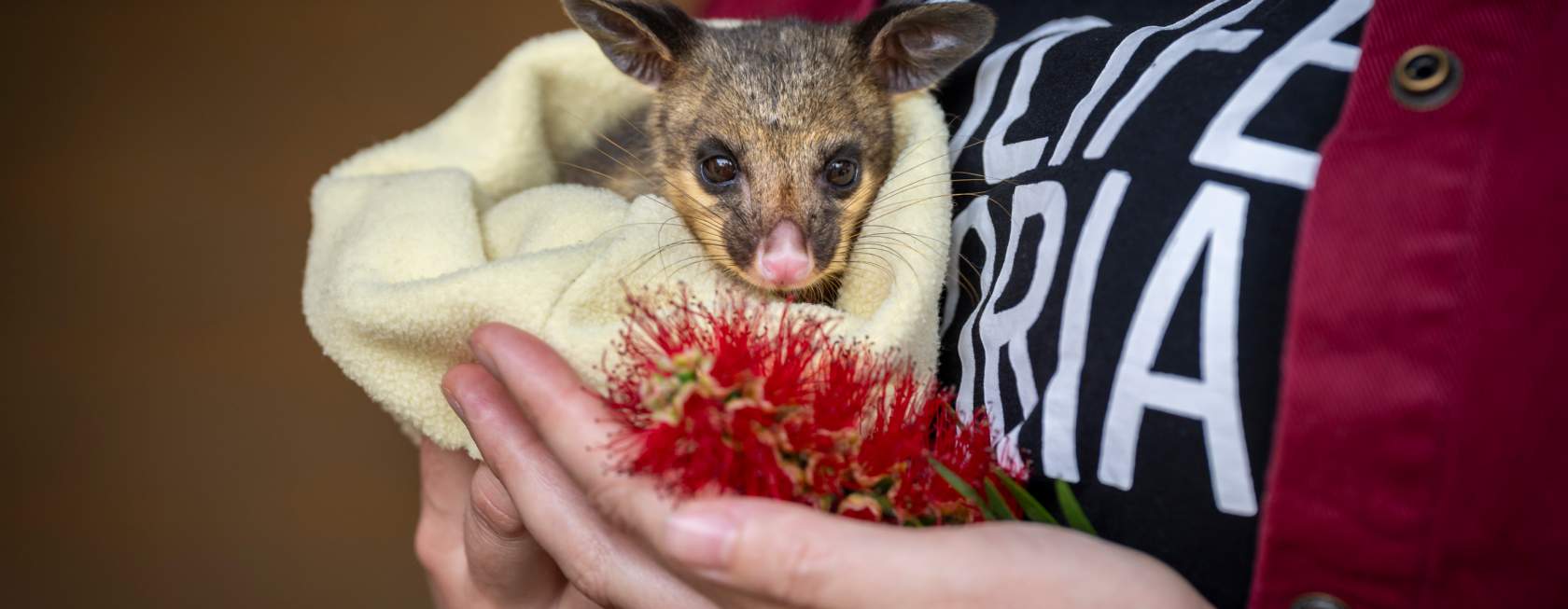
Fact Sheets
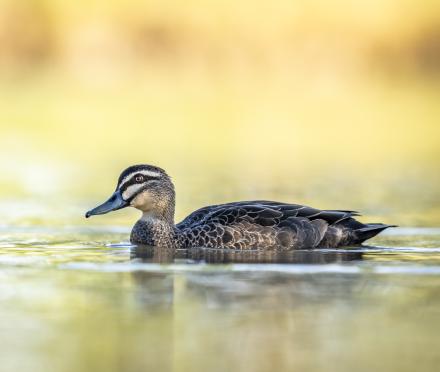
Avian botulism
Causes of injury

Baby birds
Causes of injury
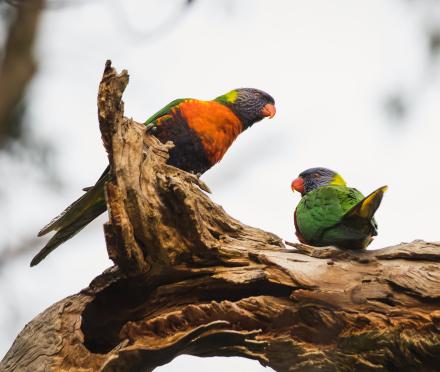
Birds trapped in buildings
Causes of injury
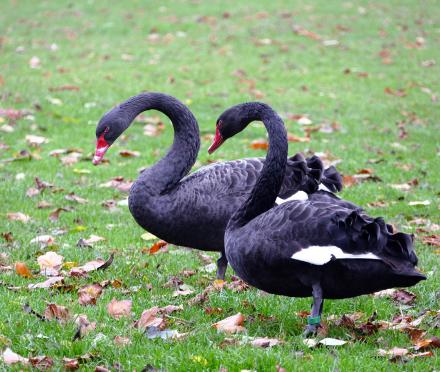
Collared Swans
Causes of injury
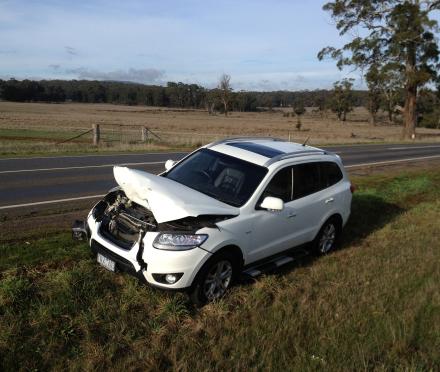
Driving and wildlife
Causes of injury
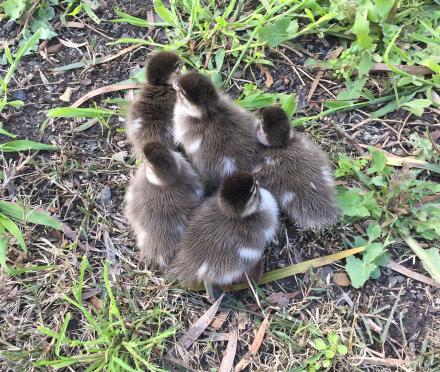
Ducks and Ducklings
Native Species
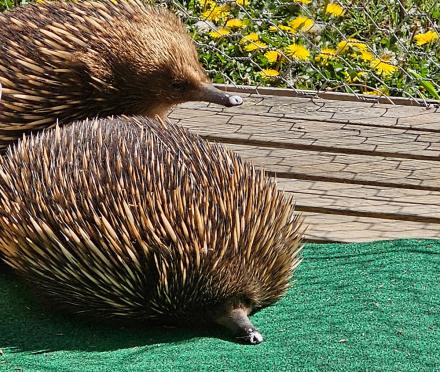
Echidnas
Native Species

Extreme weather events and the impact on wildlife
Causes of injury
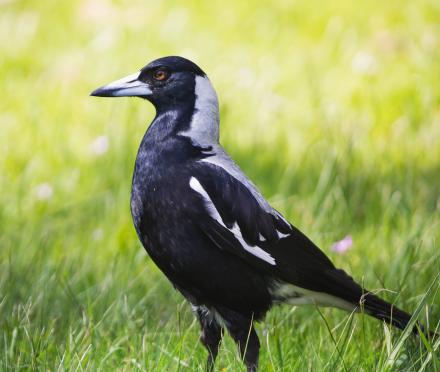
Feeding wildlife
Causes of injury
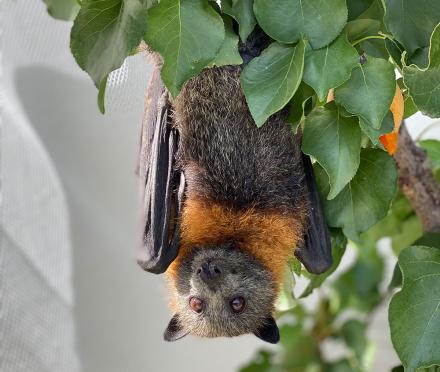
Grey-headed flying fox
Native Species
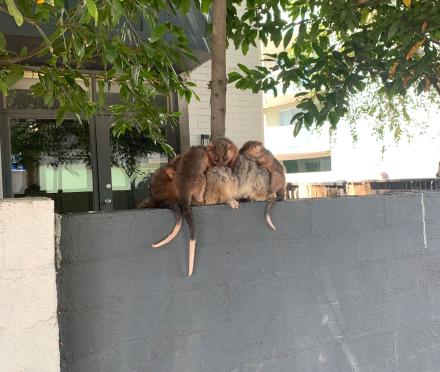
Heat stressed wildlife
Causes of injury
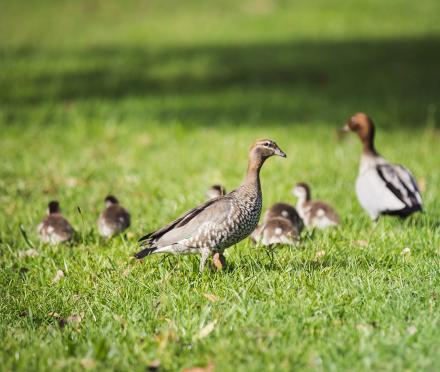
High Pathogenicity Avian Influenza (H5)
Causes of injury

Joey pouch making guide
Causes of injury

Kangaroos
Native Species

Koalas
Native Species

Subscribe to Wildlife Victoria News
Stay up to date with the latest news from Wildlife Victoria

Wildlife Victoria Shop
Treat yourself or find your next gift, with all proceeds going towards helping wildlife in need.

